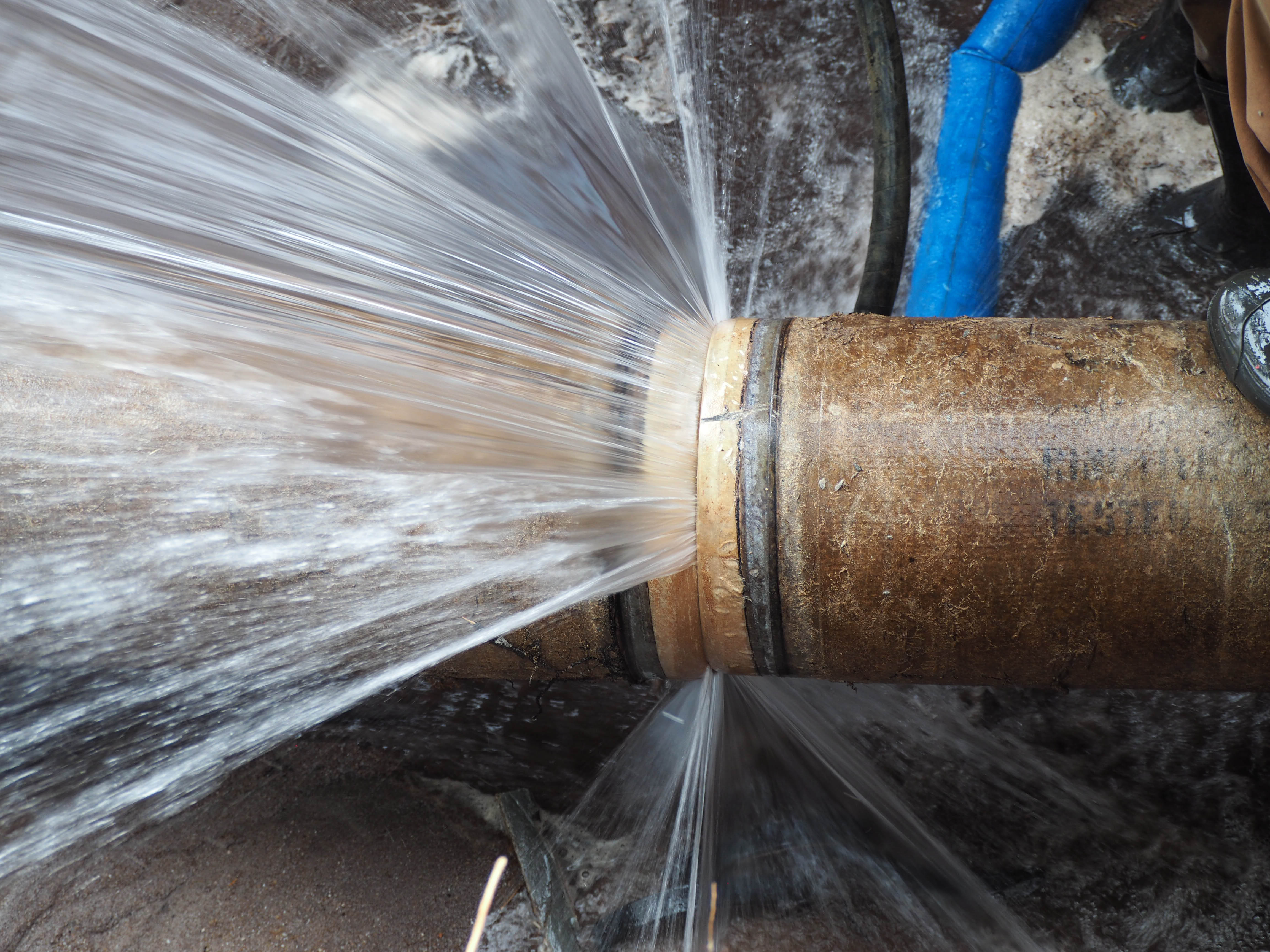Essential Advice to Protect Against Frozen Pipes in Cold Weather
Essential Advice to Protect Against Frozen Pipes in Cold Weather
Blog Article
Every person maintains their own thinking about How to prepare your home plumbing for winter weather.

Cold weather can ruin your pipes, specifically by freezing pipelines. Right here's exactly how to stop it from occurring and what to do if it does.
Intro
As temperatures drop, the risk of frozen pipelines increases, possibly bring about expensive repair services and water damages. Understanding just how to stop icy pipelines is crucial for homeowners in chilly climates.
Comprehending Icy Pipes
What causes pipes to freeze?
Pipes ice up when subjected to temperatures listed below 32 ° F (0 ° C) for prolonged durations. As water inside the pipes freezes, it broadens, taxing the pipeline wall surfaces and potentially causing them to rupture.
Dangers and problems
Icy pipes can bring about supply of water disruptions, residential or commercial property damages, and costly repairs. Ruptured pipelines can flood homes and cause extensive architectural damages.
Indicators of Frozen Pipes
Recognizing frozen pipes early can stop them from rupturing.
How to determine icy pipes
Try to find lowered water circulation from taps, unusual smells or noises from pipes, and noticeable frost on revealed pipelines.
Prevention Tips
Protecting susceptible pipes
Cover pipelines in insulation sleeves or utilize heat tape to secure them from freezing temperatures. Concentrate on pipes in unheated or outside locations of the home.
Heating methods
Keep interior areas properly warmed, specifically locations with pipes. Open up cabinet doors to permit cozy air to distribute around pipes under sinks.
Shielding Exterior Pipes
Yard hose pipes and outside taps
Detach and drain pipes yard tubes before winter season. Install frost-proof spigots or cover exterior taps with shielded caps.
What to Do If Your Pipes Freeze
Immediate activities to take
If you suspect icy pipelines, maintain faucets open to ease stress as the ice melts. Use a hairdryer or towels taken in warm water to thaw pipes gradually.
Long-Term Solutions
Structural modifications
Take into consideration rerouting pipes far from outside walls or unheated areas. Include additional insulation to attics, basements, and crawl spaces.
Updating insulation
Invest in top notch insulation for pipes, attic rooms, and walls. Proper insulation assists maintain regular temperature levels and minimizes the threat of frozen pipes.
Verdict
Stopping frozen pipes requires aggressive actions and fast feedbacks. By comprehending the causes, indicators, and safety nets, home owners can shield their pipes throughout cold weather.
5 Ways to Prevent Frozen Pipes
Drain Outdoor Faucets and Disconnect Hoses
First, close the shut-off valve that controls the flow of water in the pipe to your outdoor faucet. Then, head outside to disconnect and drain your hose and open the outdoor faucet to allow the water to completely drain out of the line. Turn off the faucet when done. Finally, head back to the shut-off valve and drain the remaining water inside the pipe into a bucket or container. Additionally, if you have a home irrigation system, you should consider hiring an expert to clear the system of water each year.
Insulate Pipes
One of the best and most cost-effective methods for preventing frozen water pipes is to wrap your pipes with insulation. This is especially important for areas in your home that aren’t exposed to heat, such as an attic. We suggest using foam sleeves, which can typically be found at your local hardware store.
Keep Heat Running at 65
Your pipes are located inside your walls, and the temperature there is much colder than the rest of the house. To prevent your pipes from freezing, The Insurance Information Institute suggests that you keep your home heated to at least 65 degrees, even when traveling. You may want to invest in smart devices that can keep an eye on the temperature in your home while you’re away.
Leave Water Dripping
Moving water — even a small trickle — can prevent ice from forming inside your pipes. When freezing temps are imminent, start a drip of water from all faucets that serve exposed pipes. Leaving a few faucets running will also help relieve pressure inside the pipes and help prevent a rupture if the water inside freezes.
Open Cupboard Doors
Warm your kitchen and bathroom pipes by opening cupboards and vanities. You should also leave your interior doors ajar to help warm air circulate evenly throughout your home.

I came across that blog entry about Preventing and dealing with frozen pipes when looking around the search engines. Do you know about anybody else who is fascinated about the niche? Do not hesitate to share it. Thank you so much for going through it.
Booking Report this page